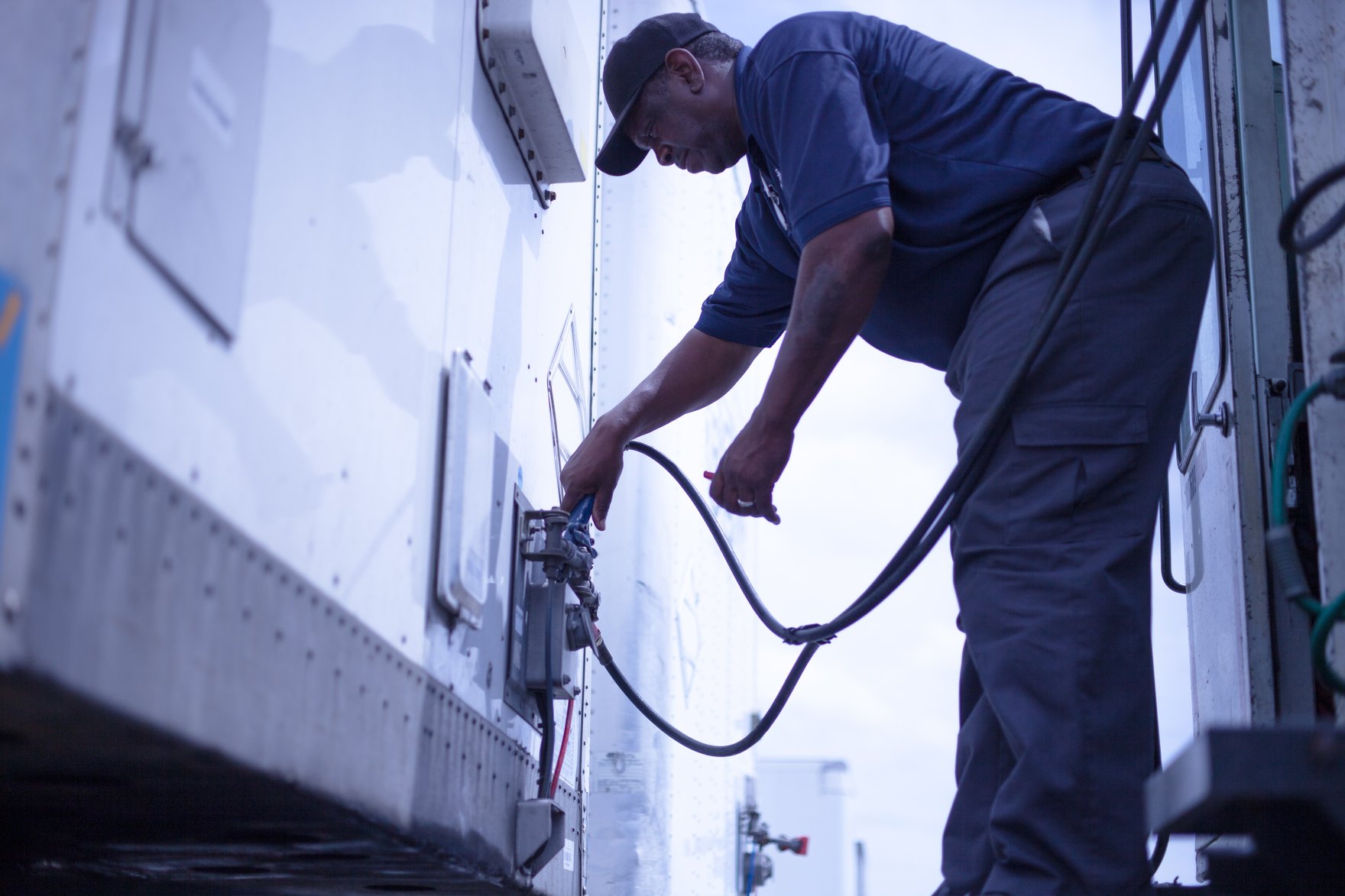Change Management Tips for Transportation Leaders
Leaders who fail to embrace changes will experience personal problems and organizational failure. Updating policies, processes and people requires...
1 min read
 Brandon Waller
:
Sep 8, 2017 11:00:00 AM
Brandon Waller
:
Sep 8, 2017 11:00:00 AM

Transportation managers who adopt holistic views of operations can improve efficiency, deliverables and public relations. Part one covered how to establish priorities, conduct performance assessments and identify improvement opportunities. This article will cover how to elicit buy-in, implement strategies and monitor ongoing results.
Elicit Business Buy-in
Company employee and management support is essential to successfully implement sustainable fleet systems and transportation improvement initiatives. Business practices that enhance sustainability can be presented and justified by their commercial merits and cost efficiency outcomes. Improving transportation outcomes and fleet performance almost always drive better fuel economy, so any environmental gains, such as less waste and lower emissions, are added bonuses. Other measurable benefits include reduced vehicle miles and maintenance.
Strategy Implementation
Once senior management support the sustainability concept, transportation managers can work with them to update policy, formulate appropriate strategies and communications plans with the workforce. Employee engagement can be achieved through incentives, focus groups and sustainability committees. It is best to leverage passionate employees who care about delivering carbon reduction and reducing environmental impacts. Their vocal support and visible encouragement about improving business resilience and alleviating the reliance on fossil fuels will likely be more effective than management speeches.
Ongoing Program Monitoring
Sustainability strategies and fleet management policies should be living documents that are regularly reviewed and updated in view of new experiences, technology and compliance requirements. These monitoring processes are essential to sustainable fleet management because they help track data, justify decisions, identify savings opportunities and reflect which cost saving measures are most effective. Program elements that should be reviewed include fleet checklists, new legislation, customer requirements, monitoring tools and data collection processes.
One of the resources available to improve sustainability are 3PLs who prioritize efficiency, streamline supply chains and enhance organizational effectiveness. Sustainability programs will improve the organization’s brand image, environmental management credentials and level of corporate social responsibility.

Leaders who fail to embrace changes will experience personal problems and organizational failure. Updating policies, processes and people requires...

Good drivers do more than haul loads. They haul loads safely and efficiently. They handle unexpected problems effectively, they communicate well,...

Many industry professionals insist that the key to a successful and efficiently run yard is investing in a yard management system, or YMS. Yard...